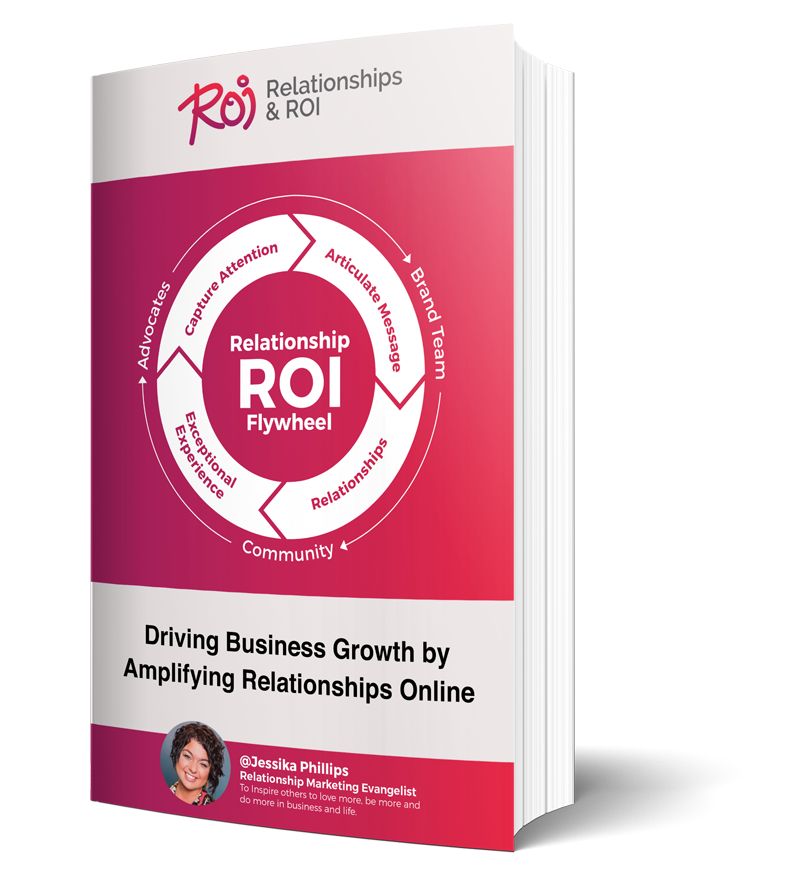Everybody talks about SEO and how important it is, but do we really understand it at its core?
Three key questions: what does search engine optimization really mean and how do we do it as brands? Are you doing anything to hurt your SEO?
 Search Engine Optimization is a series of techniques that we apply to web pages to ensure that Google can understand our content in order to have it rank on search engine results pages (SERP) based on a user’s query.
Search Engine Optimization is a series of techniques that we apply to web pages to ensure that Google can understand our content in order to have it rank on search engine results pages (SERP) based on a user’s query.
Why SEO Matters:
SEO is so important because people trust Google.
It’s *the* place people go to discover information and by positioning yourself high in search engine results pages, you have the ability to become known.
That’s organic traffic right there: someone executing a search and clicking on your website as a result of their query.
 When you can deliver the answer to what they’re looking for, people end up staying on your website for longer, engage more, and eventually over time, convert.
When you can deliver the answer to what they’re looking for, people end up staying on your website for longer, engage more, and eventually over time, convert.
These statistics prove the power:
- Over 90% of all buying decisions start online and Google is #1 for search.
- The top 5 results on Google for a given query get 70% of the clicks
- 88% of smartphone users search on Google
How Search Works:
Google essentially sends crawlers out to create a massive index of everything, like a content database of everything online.
The index is then fed through Google’s latest algorithm in an attempt to best match the results shown to fit the query the user submitted. Based on many factors, your site is then ranked and put in position.
 Best Practices:
Best Practices:
SEO is a complex topic, meaning there are so many different tips and tricks for how to execute it.
Not to mention, Google’s constantly changing its algorithm, meaning it’s critical to stay up-to-date in order to know what the best practices are.
The reality is though that there is no “silver bullet” when it comes to SEO but the key is to have an ongoing upkeep plan to ensure your site, speed, search strategy, and overall SEO success is being monitored.
As brands, we have to invest time and effort into following what we know to be the tried and true best practices:
- Linking With Integrity: Google’s Penguin update in 2012 was ALL about discouraging bad, paid or artificial backlinks. Link building must be done from relevant and valuable sources. This means that you need to focus on creating quality content; that is what will lead others to include backlinks to your site.
- Mobile-Friendly: Not only is it a no-brainer to make your website mobile-friendly, but the mobile version has to mirror your desktop website. The better the mobile experience, the more likely you’ll start to show up in SERPs.
- Quality Content: We know it sounds self-explanatory but it’s true. If you want to start to rank higher in search, start focusing more on creating quality content that is educational, informative and valuable to your audience. It’s critical to keep search intent in mind, as what makes quality content is that it matches what the user is searching for. That will not only keep them on your website longer, but increase the likelihood of them coming back to your site time and time again. Quality content can take so many forms from educational videos, informative blog posts, interactive quizzes, customer testimonials/features… there’s no limit to how much value you can provide with your content, and that should always be the focus of your content marketing strategy.
- User experience: Google’s user experience update looks for a number of things like ensuring a site is https and has no annoying pop ups. The easier it is for users to navigate your site and find what they’re looking for, the higher you’ll rank. Not only because it’ll help to increase the time spent on your site but because it’ll decrease the bounce rate. Win-win!
- Page speed: This goes hand-in-hand with user experience because it’s all about Core Web Vitals. Page speed is one of them; if your page is slow to load, it’s going to be difficult to create a strong user experience. Invest in the tools and services needed to ensure your pages load quickly.
- Strong site structure: You want to lead your users through your site by having a strong structure and navigation. This will help to create a great user experience and help you start showing up in search.
Mistakes To Avoid:
When it comes to SEO, it’s important to follow the rules. That’s why we wanted to share the most important mistakes to avoid, so as to not get your page in trouble:
- Keyword Stuffing: This is a big no-no. This means adding your keyword into your content so many times to the point of exhaustion AND lack of value. Remember, your website pages and blog content should be written with the reader in mind, first - not the search engine. Google’s algorithm is smarter than ever before and it can spot where keywords aren’t relevant to the context. So, while you want to include keywords throughout your content, be sure that they flow and make sense to the reader.
- Skipping the basics: Basic SEO practices, things like Meta Titles, Descriptions, Headers, Lists, and ALT text should not get overlooked. When done correctly, these can enhance the success of your carefully-written content. They may seem insignificant, but these simple practices give your page context and help the search engines understand what your page is about, therefore more likely to rank.
Putting It All Together:
Now that you understand search engine optimization and why it’s so important, it’s time to get started applying these best practices to your workflow and daily operations!
 Remember: SEO is not a one-and-done type of thing.
Remember: SEO is not a one-and-done type of thing.
Optimizing your website for search requires brands to stay up-to-date on the changes happening all of the time.
Not only do you need to avoid the fakers and hackers, but working with a bad SEO company could be extremely costly.
Do you have a best practice to share or a mistake to avoid that you want to add to our list?
We’d love you to share it in the comments below!




Comments